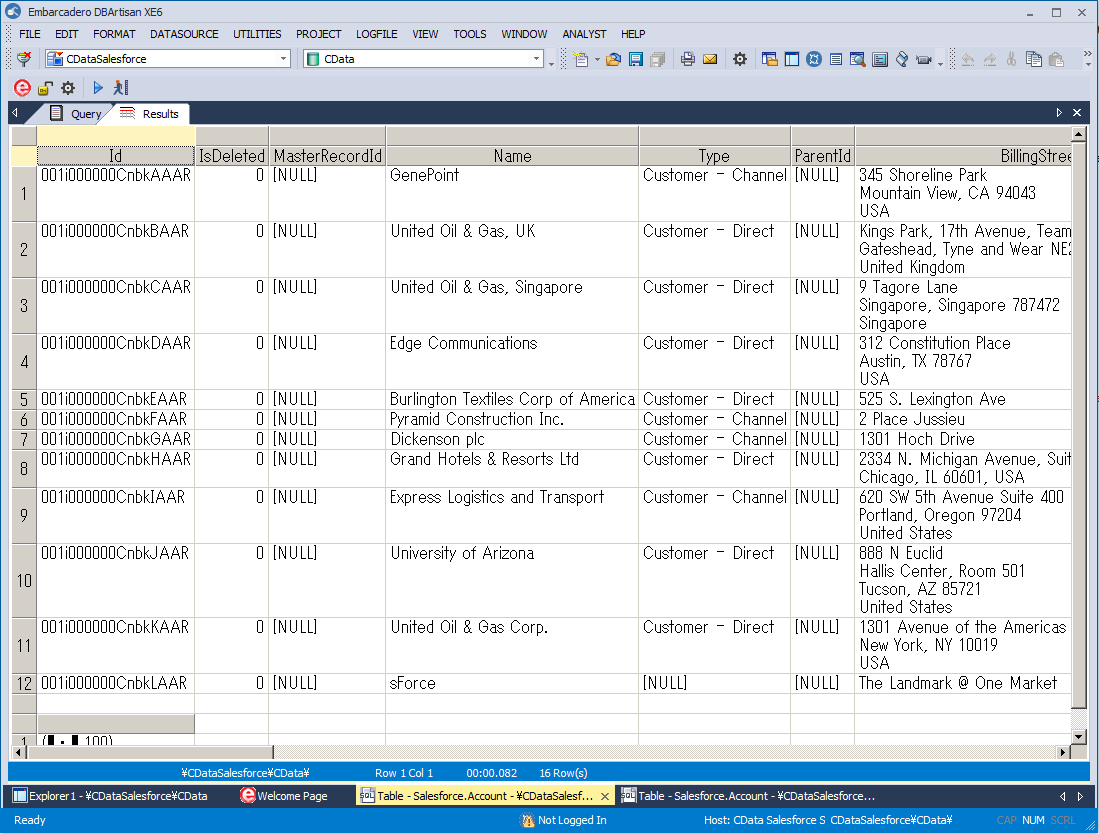Discover how a bimodal integration strategy can address the major data management challenges facing your organization today.
Get the Report →Connect to Elasticsearch Data in DBArtisan
Use wizards in DBArtisan to configure Elasticsearch data as a data source.
The CData ODBC Driver for Elasticsearch seamlessly integrates Elasticsearch data into database management tools like DBArtisan by enabling you to access Elasticsearch data as a database. This article shows how to create an data source for Elasticsearch in DBArtisan and execute queries. You can then edit data visually and execute standard SQL.
Integrate Elasticsearch Data into DBArtisan Projects
If you have not already, first specify connection properties in an ODBC DSN (data source name). This is the last step of the driver installation. You can use the Microsoft ODBC Data Source Administrator to create and configure ODBC DSNs.
Set the Server and Port connection properties to connect. To authenticate, set the User and Password properties, PKI (public key infrastructure) properties, or both. To use PKI, set the SSLClientCert, SSLClientCertType, SSLClientCertSubject, and SSLClientCertPassword properties.
The data provider uses X-Pack Security for TLS/SSL and authentication. To connect over TLS/SSL, prefix the Server value with 'https://'. Note: TLS/SSL and client authentication must be enabled on X-Pack to use PKI.
Once the data provider is connected, X-Pack will then perform user authentication and grant role permissions based on the realms you have configured.
You can then follow the steps below to register Elasticsearch data as a database instance in your project:
- In DBArtisan, click Data Source -> Register Datasource.
- Select Generic ODBC.
- Enter a name for the data source and select the DSN.
![The DSN of the data source to be registered. (Salesforce is shown.)]()
- Finish the wizard to connect to Elasticsearch data. Elasticsearch entities are displayed in the Datasource Explorer.
![The Datasource Explorer. (Salesforce is shown.)]()
You can now work with Elasticsearch data as you work with any other database. See the driver help documentation for more information on the queries supported by the Elasticsearch API.









